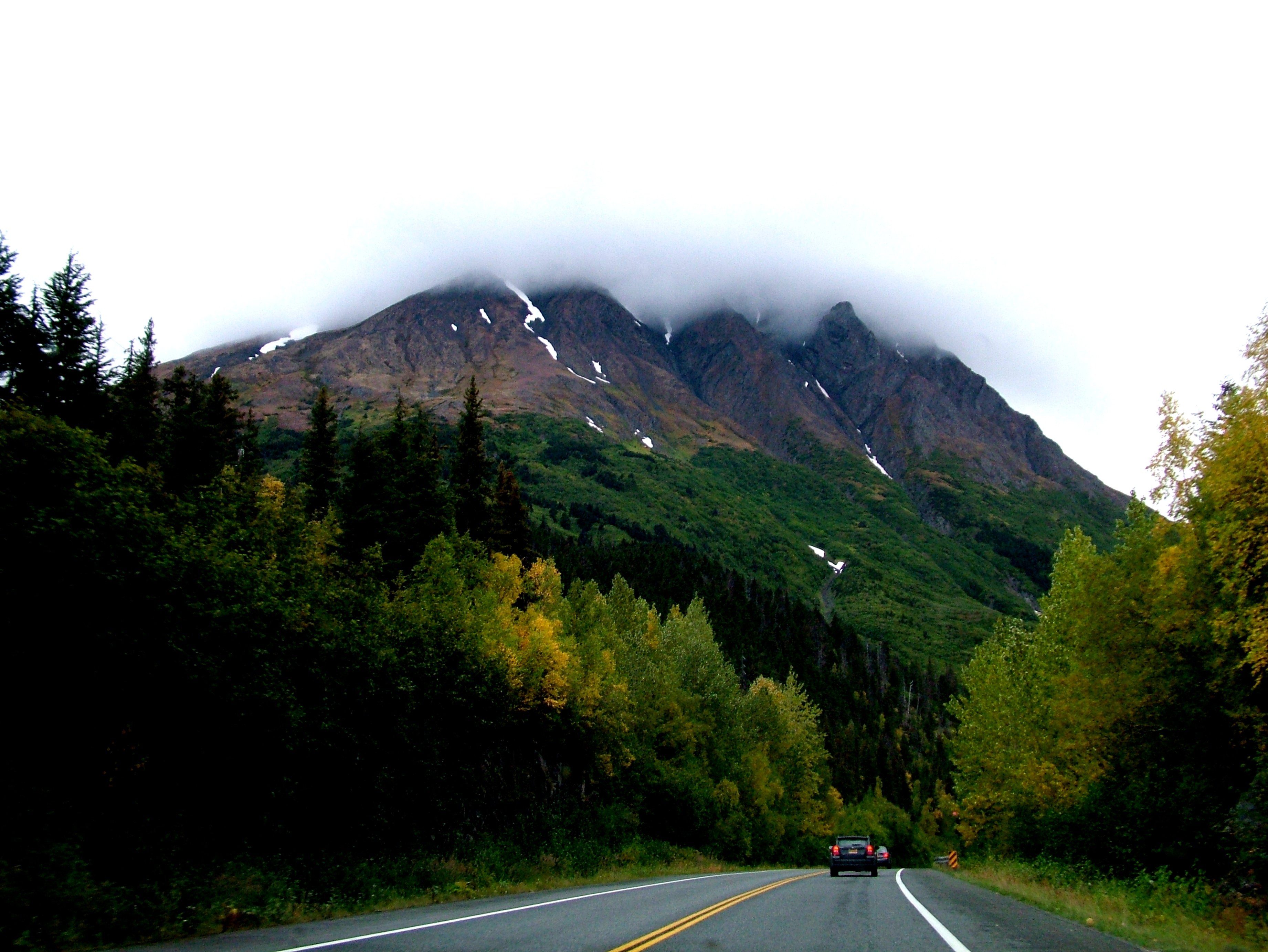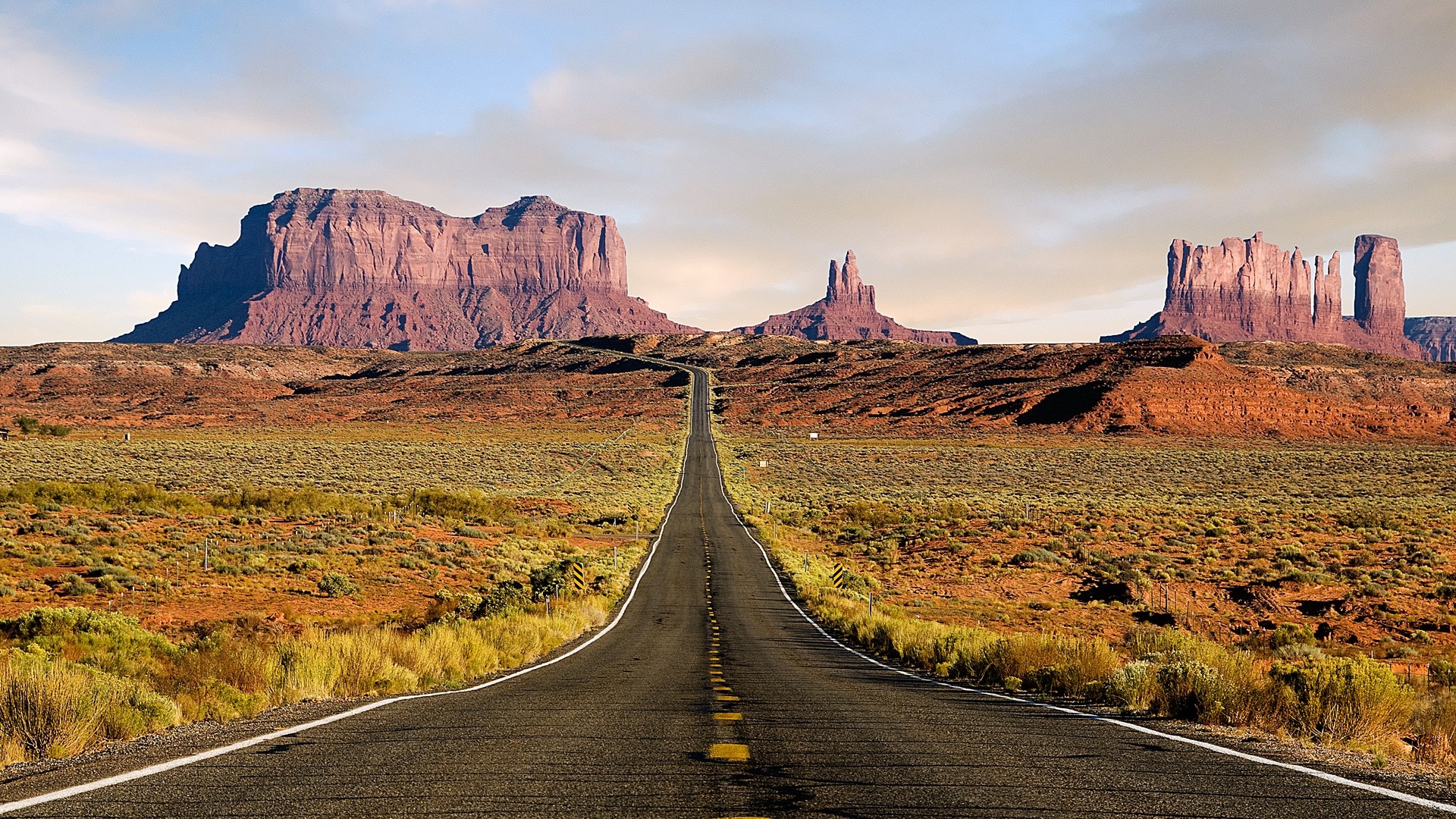Road Tripping 101: The Ins and Outs of Recreational Travel on America's Roadways
Posted by Ron Miraflores for Copper River Bag Company on 7th Aug 2015

I just finished a cross-country trip from Texas to New Hampshire, and after driving through 15 states and 2,000 miles of asphalt (and gravel), I already feel like a seasoned road warrior. Okay, perhaps I’m getting ahead of myself, but I did learn a few lessons throughout my journey.
Autumn is just around the bend and you probably want to embark on a family road trip in these last two months of summer. Before you stuff the trunk with all your travel gear, gas up and get on your way, take a few of these tips with you. Some of them were things I learned during my epic trip to New England and others are sound advice from experts whose odometer have more digits than my pickup truck’s.
1. Gas costs can put a huge dent in your bank account. Luckily, gas prices have decreased over the past few years. Still, if you’re driving an older-model SUV or a pickup truck, like I did, you can expect to spend $400 for a 2,000-mile journey. How did I come up with that figure? Well, before I even backed out of my driveway, I went to the U.S. Department of Energy’s Trip Calculator to get an estimate on how much I would spend on gas for my whole trip.
One of the great features I liked is that you can specify your vehicle, exact departure and destination address, as well as the percentage of your trip that will be driven in the city. Another part of the experience is taking the right travel gear with you. To make it all the more better, Copper River Bag Co has designed a line of inexpensive, high quality travel bags that will make your journey that much more easy AND fun.

2. You think the open road is smooth sailing? Not anymore. As large chunks of our country become more developed and urbanized, the more orange cones you’ll see along the highway. Make sure your GPS app or device has the real-time traffic mode turned on, so that you can make that quick exit before you reach a construction zone and take the service road that usually runs parallel to the highway. Once you get to a point where the traffic congestion clears up, you can take the ramp back on to the highway and continue onwards.

3. If you’re driving through the night and feel those eyelids getting heavier, you should exit towards the next rest stop. While this is common sense, some drivers are either too hardheaded or pressed on time to think about safe driving habits. The Centers for Disease Control and Prevention estimated that 5,000-6,000 fatal auto accidents annually could be attributed to drowsiness.
Here’s a tip: if you only need a few hours of shut-eye and don’t want to spend money on a motel, you can take a short nap at a gas station parking lot or well-lit area of a local Walmart, if there’s one nearby. There are also designated rest areas along most major highways, but don’t be surprised if the parking lane is already filled up with other cars during peak travel seasons. Here’s a neat rest area map that you can use as a guide.
4. If you travel extensively, you might want to think about applying for a membership with AAA or GM Motor Club. The membership cost is quite affordable, but more importantly, it can be a lifesaver when you blow out a tire or run out of gas in the middle of nowhere.

5. If you’re not on a tight schedule, try taking the scenic routes to your destination rather than going down the beaten path. Google Maps allows you to de-select tolls and highways from its default routes, and will take you through backroads and communities that you would otherwise zoom past on the highway. This is a great way to discover local restaurants and chat it up with friendly locals.
Extra Money-Saver Tip:
If you’re planning to visit more than one national park this year during your road trip or you’re planning to do long, insane hiking adventures like me, then you might be interested in purchasing the America the Beautiful Annual Pass, offered by the U.S. Geological Survey. According to the USGS website, the pass “allows pass owner and accompanying passengers in a single, private, non-commercial vehicle to enter Federally operated recreation sites across the country.” The pass is valid for one full year from the date of purchase until the last day of that month.
To put the savings in perspective, the entrance fee for Yellowstone and Grand Teton is $50 for a non-commercial vehicle, while the pass is $80 and will allow you to enter any national park and forest, so you can hike to your heart’s content.
Last but not least, always drive with safety in mind first. There’s no need to rush or be careless on the road. Remember, the journey is just as rewarding as the destination itself. Enjoy and send us postcards!
~ We've put together the TOP 3 Road Trip Apps to help navigate your perfect roadtrip:
- Waze - a navigation app that offers multiple routes, real-time traffic updates, notifications about speed traps, and the ability to compare gas prices.
- Along The Way - a planner for day trips in unfamiliar territory. Find parks, bars, shops, and landmarks along your route without worrying about detours and excessive aimless wandering.
- Glympse - the map equivalent of a status update, so it’s a bona-fide way to reassure your parents that you’re alive, well, and en route to your final destination.